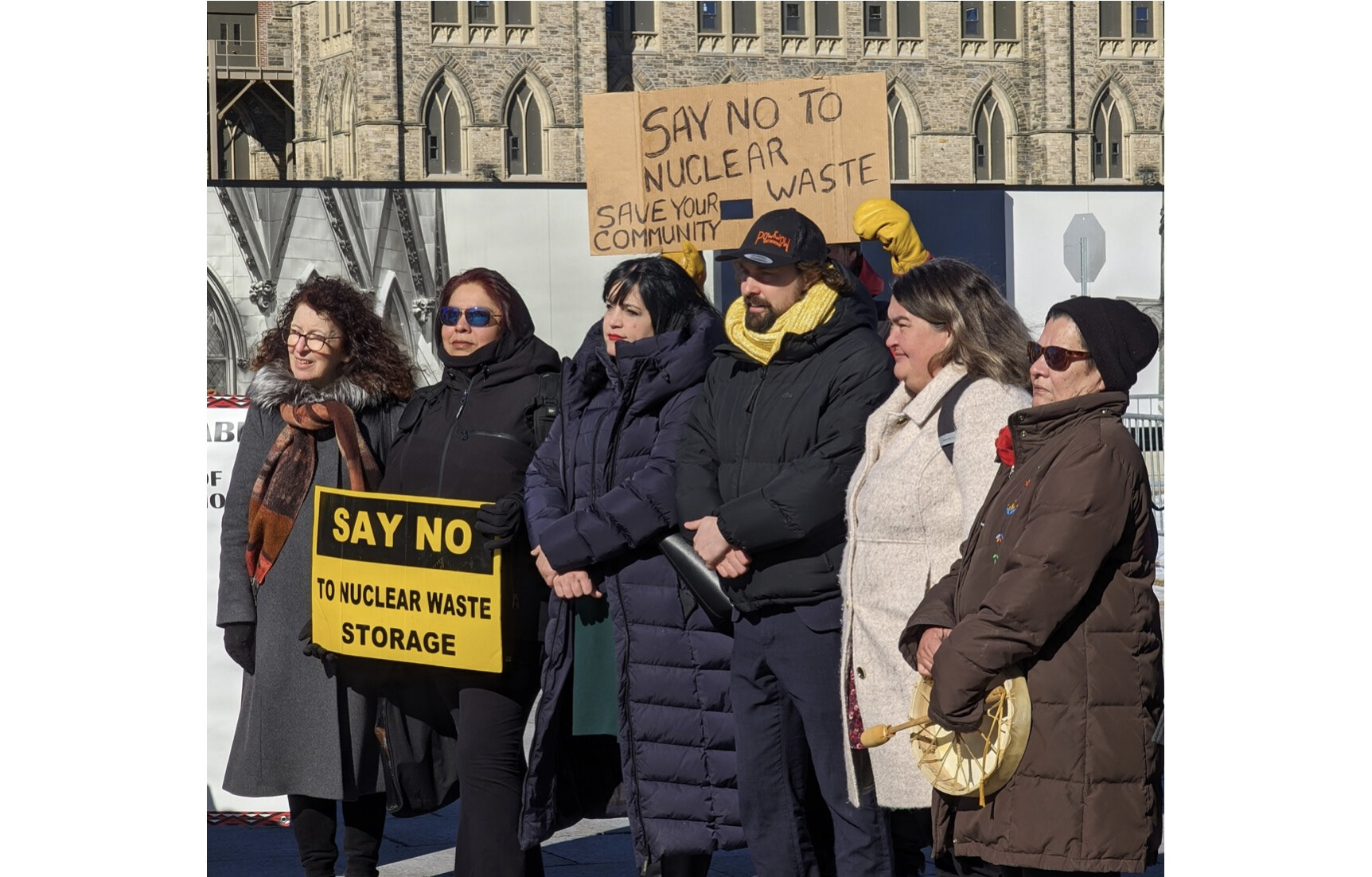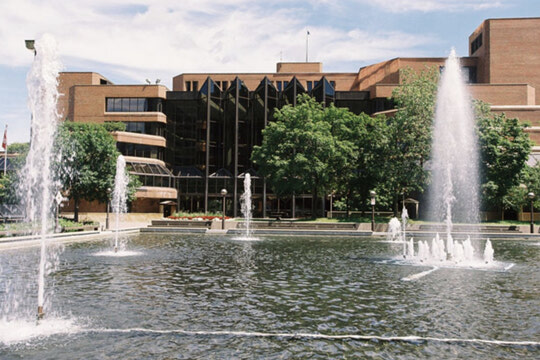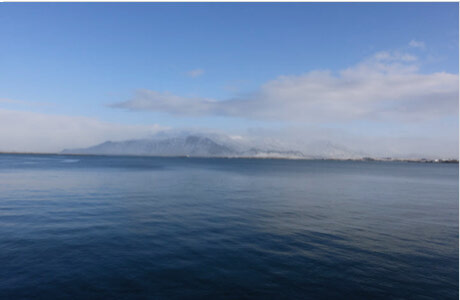CNL’s Ottawa River spill raises nuclear waste management concerns
Katharine Fletcher
Chalk River, Ontario: Canadian Nuclear Laboratories (CNL) released a Community Information Bulletin on March 27 concerning a “recent” [no date] contaminated sewage spill from the Chalk River Laboratories (CRL) into the Ottawa River.
“Recent results of routine sampling conducted on effluent (treated discharge) from the conventional Sanitary Sewage Treatment Facility (SSTF) at Chalk River Laboratories were non-compliant with requirements.”
This contaminated spill means that CNL remains in the news regarding plans to construct the Near Surface Disposal Facility (NSDF) at Chalk River.
The NSDF would hold one million tonnes of radioactive and other hazardous waste in an above-ground mound 1.2 km from the Ottawa River, 180 km north-west of Ottawa, on the Chalk River Laboratories’ property. The Canadian Nuclear Safety Commission’s January 7 licensing of the NSDF triggered a legal challenge from Kebaowek First Nation, who remain actively opposed to its construction.
On February 14, Prime Minister Justin Trudeau summarily dismissed Kebaowek First Nation and other organizations’ opposition to the NSDF, saying, “We trust our experts.”
CNL’s March 27 bulletin was intended to reassure community members that, regarding the spill: “On discovery, CNL notified all relevant regulatory agencies and initiated an investigation to identify the cause of the disruption. A corrective action plan is underway to rectify the issue, including securing support from external agencies.”
Practically one month later, on April 24, CNL published “Update #1: Non-Compliance in Sewage Effluent” in which for the first time, they admitted the contaminated spillage occurred in February.
Kebaowek First Nations noted, “For two months, Chalk River Laboratories has been unlawfully releasing hazardous pollutants into the Ottawa River, posing a risk to the environment and public health.”
As indicated in their April 24 bulletin, CNL apparently still doesn’t fully comprehend what had occurred, where third-party support is being consulted.
The bulletin states, “CNL is taking extensive measures to fully understand what is leading to the non-compliance and to return the SSTF to normal operations.”
Their bulletin explains these “extensive measures” include:
- Increased toxicity testing on SSTF effluent
- The procurement of third-party support to complete a toxicity evaluation on SSTF effluent and to review all facility operations
- A detailed review, as well as chemical analysis, on all SSTF influent and effluent
- The delivery of company-wide training on allowable releases to the SSTF and a communication campaign to support staff education
- A review of all known discharges to the SSTF to identify abnormal activities and the cessation of a routine release within one of CNL’s research laboratories
- Facility improvements to restore the necessary treatment process
Kebaowek First Nation states, “If Canadian Nuclear Laboratories can't even handle ‘regular’ industrial waste, how can we trust them with safely managing radioactive waste that will pose a threat for millennia?”
Their opposition to the NSDF is supported by the Concerned Citizens of Renfrew County and Area, Canadian Coalition for Nuclear Responsibility, and Sierra Club Canada Foundation.
Dr. Ole Hendrickson is Chair, National Conservation Committee of the Sierra Club Canada Foundation. He said: “The NSDF project includes a water treatment plant to remove some radioactive and hazardous substances leaching from the mound before they are released to Perch Lake and the Ottawa River. CNL’s inability to operate a sewage plant safely does not bode well for their ability to operate a radioactive waste treatment plant.”
At time of writing, CNL’s Director of Corporate Communications had not responded to this paper’s questions.





